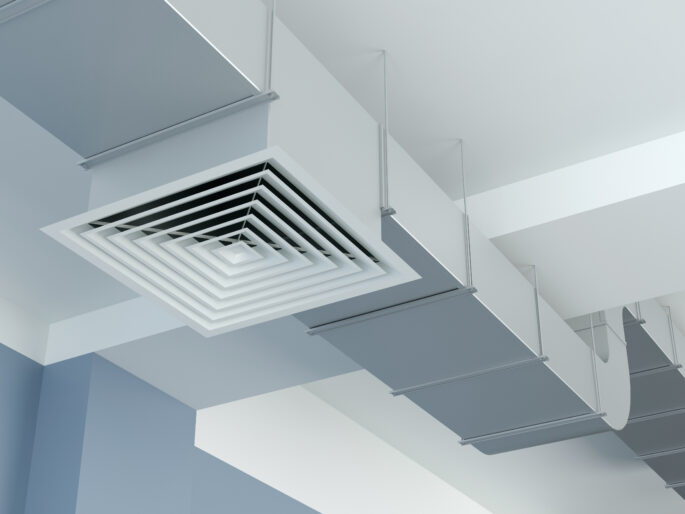The EPA updates ventilation guidance to prevent the spread of respiratory viruses

Respiratory viruses can spread more easily indoors than outdoors since the viral concentration can build up indoors and people are closer to each other. Each year, respiratory viruses are responsible for millions of illnesses and thousands of hospitalizations and deaths. In addition to the virus that causes COVID-19, there are many other types of airborne viruses, including influenza (flu) and respiratory syncytial virus (RSV), that can spread more easily indoors than outdoors.
Ventilation and filtration are important components of a multilayered approach for reducing the spread of viruses indoors. Increasing the amount of outdoor air coming indoors is one of the most important ways to reduce the likelihood that viruses are spread. When it is challenging to enhance the ventilation of a space, consider cleaning or treating the air to reduce virus particles – through filters in your heating, ventilation and air conditioning system or using portable air cleaning devices. On their own, these individual IAQ strategies are not likely to be sufficient for preventing the spread of respiratory viruses indoors, making it essential to implement each of them in conjunction with other core preventive actions for respiratory viruses recommended by the Centers for Disease Control and Prevention.
The U.S. Environmental Protection Agency has released updated guidance on indoor air quality strategies for preventing the spread of common respiratory viruses in homes, schools, offices, and commercial buildings. EPA’s updated guidance reflects the latest science on indoor air quality strategies and recent ventilation recommendations from the Centers for Disease Control and Prevention.
“This updated guidance will be a valuable tool in protecting against the spread of common airborne respiratory viruses indoors, where we spend about 90 per cent of our time,” said Joseph Goffman, Assistant Administrator for EPA’s Office of Air and Radiation. “In addition to immunizations, handwashing, and other key preventive measures, taking action to promote healthier indoor air helps to prevent the spread of respiratory viruses indoors.”
The updated guidance outlines how to implement ventilation strategies, such as opening doors and windows, as part of a multi-layered approach to prevent the spread of viruses indoors. The approach includes filtration improvements, such as upgrading the filter in a heating, ventilation, and air conditioning system; using a portable air cleaner; running fans to circulate air indoors; and operating exhaust, window, and attic fans to further reduce the amount of virus particles in the air. This multi-layered approach also addresses the use of air treatment technologies, administrative controls, and cleaning and disinfection practices. The updated guidance also outlines specific strategies and considerations for public indoor spaces, such as schools, offices, and commercial buildings.
View EPA’s updated guidance and learn more:
The post The EPA updates ventilation guidance to prevent the spread of respiratory viruses appeared first on REMINET.

